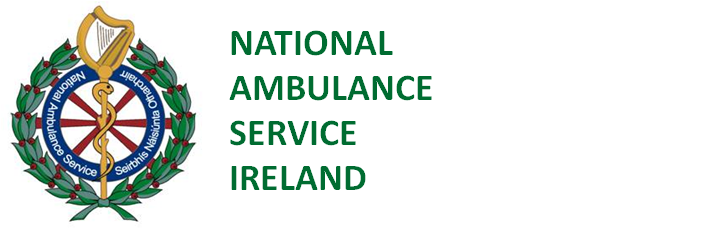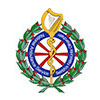In case of emergencies please ring 999/112
Restart a Heart
A father-of-two whose life was saved by a husband-and-wife first responder team, has urged everyone to find out where their nearest defibrillator is.
Jonathan Doherty, 43, suffered a sudden cardiac arrest after returning home from a 5km run in June – and was brought back to life by his neighbours, Deirdre and Jonathan Roughneen.
Now the quantity surveyor is backing efforts on Restart a Heart Day this Sunday, (Oct16) which asks the public to know the location of their nearest AED. He also plans to train as a first responder.
“I got home, jumped in the shower and started getting pains in my left arm, I thought it was muscular from the run,” said Jonathan.
“I was trying to shake it off and couldn’t so I got into bed and called my wife Claire and told her I didn’t feel too well. I didn’t realise it was a cardiac arrest, Claire called the ambulance service, they ran through some of the symptoms and at the same time they put a call through to the first responders.”
It could easily have ended in tragedy - the Roughneens were seconds away from leaving home for a cycle when they got the call to attend the Dohertys’ home in Kiltale – and arrived before the ambulance.
“They started CPR and did about 10 minutes, with two shocks of the defibrillator, which brought me back. The next strong memory I had was being in the back of an ambulance on the way to the Mater Hospital.
“When CPR and a defibrillator go hand in hand, the chances of getting out the other end are massively heightened. Everything fell into place to save my life that day.”
Jonathan is among the 2,906 people who suffered cardiac arrest outside hospital settings in Ireland in 2021 – 74% of which happened in the home.
Our CPR bystander rates – where a cardiac arrest patient receives immediate help from a member of the public before an emergency team arrives – is 85%.
However, less than 7% are getting defibrillators onto their chests before first responders or an ambulance arrives.
“Your chances of survival rise by 48% once an AED is used on you,” said Brigid Sinnott, Chairperson, Restart a Heart Group and Resuscitation Manager with the Irish Heart Foundation.
“Restart a Heart is an initiative to encourage people to be aware of the steps that they can take to save a life: recognize cardiac arrest early, call for emergency help, perform CPR and get the nearest AED.
“Over 70% of cardiac arrests in Ireland happen in our homes so we all need to be prepared to respond in the event of a family member or neighbour having a cardiac arrest.
“There may be an element of fear but remember that with CPR and an AED, you can do no harm. Make yourself familiar with your nearest AED and do not be afraid to use it. If someone is unresponsive and not breathing normally, they need CPR and an AED.”
Robert Morton, Director of the National Ambulance Service said: “Improving cardiac arrest survival begins in the community. Early recognition, early CPR and early AED use are the keys to saving more lives.
“AEDs are very easy to use, so know where your nearest public AED is located because it could save someone’s life. The National Ambulance Service values and appreciates the willingness of Irish people to help when cardiac arrest happens. “When someone collapses, please make the call to 112/999 and listen carefully to the instructions that the Emergency Call Taker provides. The Call Taker will guide you through compressions and support you until help arrives. Improving survival from cardiac arrest is literally in the hands of people who are willing to provide CPR and willing to get their nearest AED.”
The Out of Hospital Cardiac Arrest Strategy Group have produced a short video that shows the life-saving difference that Check-Call-Compress-Shock made, and which can be viewed here: https://vimeo.com/756710499/0f060eb3f9
The four simple steps to save a life are:
Check: is the person responding or breathing normally?
Call: emergency services on 112 or 999 and listen carefully to the instructions the ambulance call taker provides
Compress: start pressing on the centre of the patient’s chest at a speed of 100-120 compressions per minute and at a depth of two inches or 5cms
Shock: If someone is with you send them to get the nearest AED and get it on to the chest as quickly as possible.

